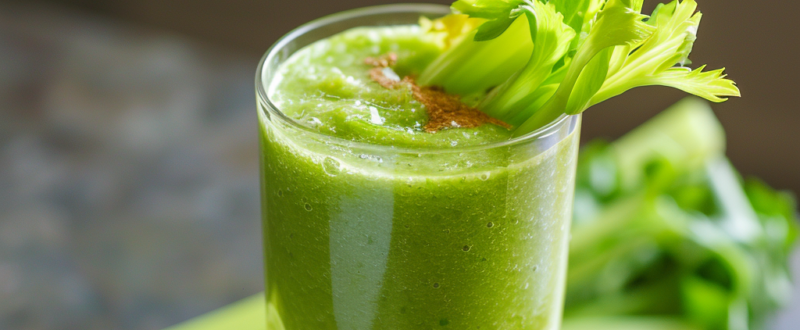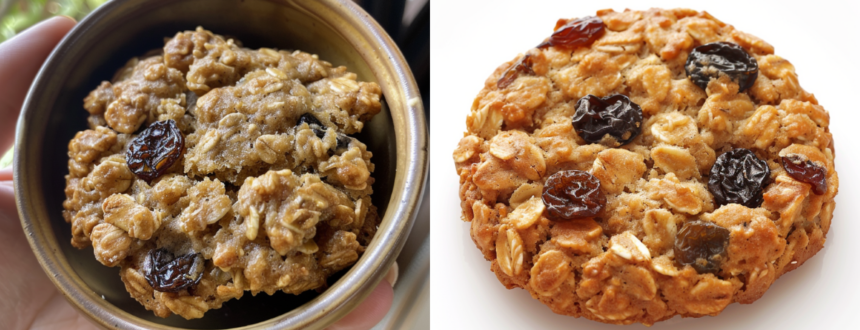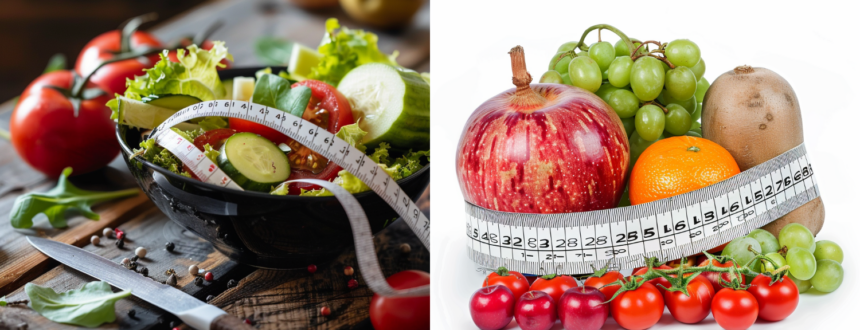The 21 Most Insane Diets People Actually Tried (and Don’t Work)
In the world of weight loss and nutrition, a myriad of diets promises quick results and health benefits, but not all are scientifically sound or sustainable. To demystify these trends, we consulted with Dr. Charlie Seltzer, a weight-loss specialist from Philadelphia, Pennsylvania, who evaluated and rated the efficacy and safety of some of the most talked-about diets circulating on the internet and in media.
1. Juice Cleanse
Rules: A liquid-only diet consisting of fruit and vegetable juices, often used for detoxification and rapid weight loss.
Rationale: Proponents claim it reduces caloric intake and eliminates toxins.
Reality: Dr. Seltzer warns that weight loss is typically water weight, not fat, and is quickly regained once normal eating resumes.
2. The Charcoal Cleanse
Rules: Adding activated charcoal to juices to bind toxins and improve digestive health.
Rationale: Advocates suggest it enhances detoxification and promotes clearer skin.
Reality: Dr. Seltzer advises caution due to potential nutrient absorption interference and lack of comprehensive detoxification.
3. Macrobiotic Diet
Rules: Focuses on whole grains, vegetables, beans, and excludes processed foods and animal products.
Rationale: Based on balancing yin and yang elements in food for optimal health.
Reality: Dr. Seltzer notes potential nutritional deficiencies and challenges in maintaining this strict regimen long-term.
4. The Baby Food Diet
Rules: Substituting regular meals with jars of baby food to control portions and reduce calorie intake.
Rationale: Promotes weight loss by restricting calories and curbing unhealthy eating habits.
Reality: Dr. Seltzer dismisses it as a short-term solution lacking in sustainability and balanced nutrition.
5. The Vision Diet
Rules: Eating meals while wearing blue-tinted glasses to suppress appetite.
Rationale: Based on the theory that blue tint makes food less appetizing.
Reality: Dr. Seltzer questions its effectiveness beyond novelty, emphasizing the importance of sustainable dietary changes.
6. The Shangri-La Diet
Rules: Consuming flavorless sugar water or extra-light olive oil between meals to suppress appetite.
Rationale: Claims that bland foods reduce hunger without stimulating appetite.
Reality: Dr. Seltzer acknowledges some potential benefits but stresses individual variation in appetite response.
7. The Clip-Your-Nose-While-You-Eat Diet
Rules: Covering your nose while eating to diminish taste perception and appetite.
Rationale: Suppresses appetite by reducing the sensory pleasure of eating.
Reality: Dr. Seltzer deems it impractical for long-term use and emphasizes balanced eating habits over sensory deprivation.
8. The Eight-Hour Diet
Rules: Restricting eating to an eight-hour window daily, with fasting outside of that period.
Rationale: Supports intermittent fasting to regulate metabolism and promote weight loss.
Reality: Dr. Seltzer suggests it may work for some but stresses the importance of individual lifestyle and hunger patterns.
9. Dessert With Breakfast Diet
Rules: Eating a high-protein, high-carb breakfast accompanied by dessert to curb cravings later in the day.
Rationale: Balances nutrients while satisfying sweet cravings early in the day.
Reality: Dr. Seltzer supports its basis in nutritional science but cautions against excessive sugar intake.
10. The Ice Cream Cleanse
Rules: Consuming five pints of specially formulated ice cream daily.
Rationale: Provides structure for calorie restriction while indulging in ice cream.
Reality: Dr. Seltzer warns of potential nutritional deficiencies and challenges in long-term adherence.
11. The Ice Diet
Rules: Eating a liter of ice daily to burn calories through the energy required to melt it.
Rationale: Claims to boost metabolism and reduce appetite.
Reality: Dr. Seltzer acknowledges potential hydration benefits but questions its practicality and long-term effectiveness.
12. Gluten-Free Diet (for Weight Loss)
Rules: Avoiding gluten-containing foods to reduce overall calorie intake.
Rationale: Claims that gluten stimulates appetite and promotes fat storage.
Reality: Dr. Seltzer cautions against replacing gluten-containing foods with high-calorie gluten-free alternatives.
13. Raw Food Diet
Rules: Eating only uncooked, plant-based foods.
Rationale: Preserves nutrients and reduces calorie intake through natural, unprocessed foods.
Reality: Dr. Seltzer acknowledges health benefits but warns of challenges in meeting nutritional needs and sustaining the diet long-term.
14. Master Cleanse
Rules: Drinking a concoction of lemon juice, maple syrup, and cayenne pepper, supplemented with saltwater flushes and laxative tea.
Rationale: Claims to detoxify the body and promote rapid weight loss.
Reality: Dr. Seltzer strongly advises against it due to its extreme nature and potential health risks.
15. The Cookie Diet
Rules: Eating specially formulated low-calorie cookies throughout the day.
Rationale: Provides portion control and calorie restriction while satisfying sweet cravings.
Reality: Dr. Seltzer criticizes its sustainability and potential nutritional deficiencies.
16. The Prayer Diet
Rules: Praying daily for weight loss.
Rationale: Belief that spiritual practice can influence eating habits and weight.
Reality: Dr. Seltzer suggests combining prayer with practical dietary changes for effective weight management.
17. The “What Would Jesus Eat?” Diet
Rules: Following a diet based on foods mentioned in religious texts, emphasizing organic fruits, vegetables, and grains.
Rationale: Claims to improve overall health and well-being by adhering to natural, unprocessed foods.
Reality: Dr. Seltzer recognizes its potential benefits but highlights challenges in practical application for modern lifestyles.
18. The Beverly Hills Diet
Rules: Sequentially consuming specific fruits and then gradually introducing other food groups, with strict rules on food combining.
Rationale: Belief that inefficient digestion causes weight gain, corrected by specific food combinations.
Reality: Dr. Seltzer dismisses it as unsupported by scientific evidence and unsustainable.
19. Cabbage Soup Diet
Rules: Eating unlimited cabbage soup along with restricted foods like fruits and vegetables.
Rationale: Claims to facilitate rapid weight loss through low-calorie intake and high fiber content.
Reality: Dr. Seltzer warns of temporary weight loss without addressing long-term dietary habits or nutritional needs.
20. Cotton Ball/Tissue Paper Diet
Rules: Consuming cotton balls or tissue paper soaked in liquids to suppress appetite.
Rationale: Fills the stomach without adding calories, purportedly aiding weight loss.
Reality: Dr. Seltzer strongly advises against it due to potential health risks and lack of nutritional value.
21. Fist Diet
Rules: Structuring meals to include specific portions of protein, carbohydrates, vegetables, and fats based on fist size and finger count.
Rationale: Promotes portion control and balanced eating without calorie counting.
Reality: Dr. Seltzer supports its practicality and simplicity for individuals seeking a straightforward approach to healthy eating.
While many of these diets offer initial weight loss, Dr. Seltzer stresses the importance of sustainability, nutritional balance, and long-term health when considering dietary changes. He recommends focusing on whole foods, portion control, and regular exercise as key components of a successful and healthy weight management strategy.
























